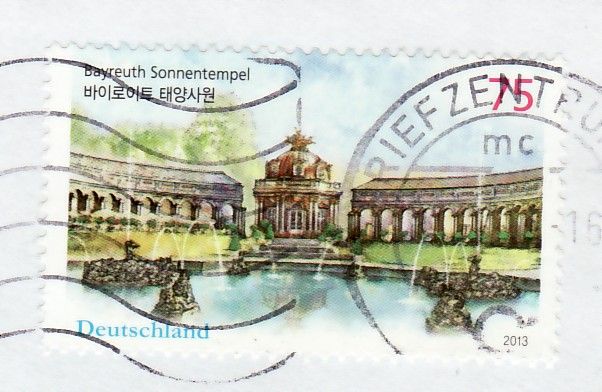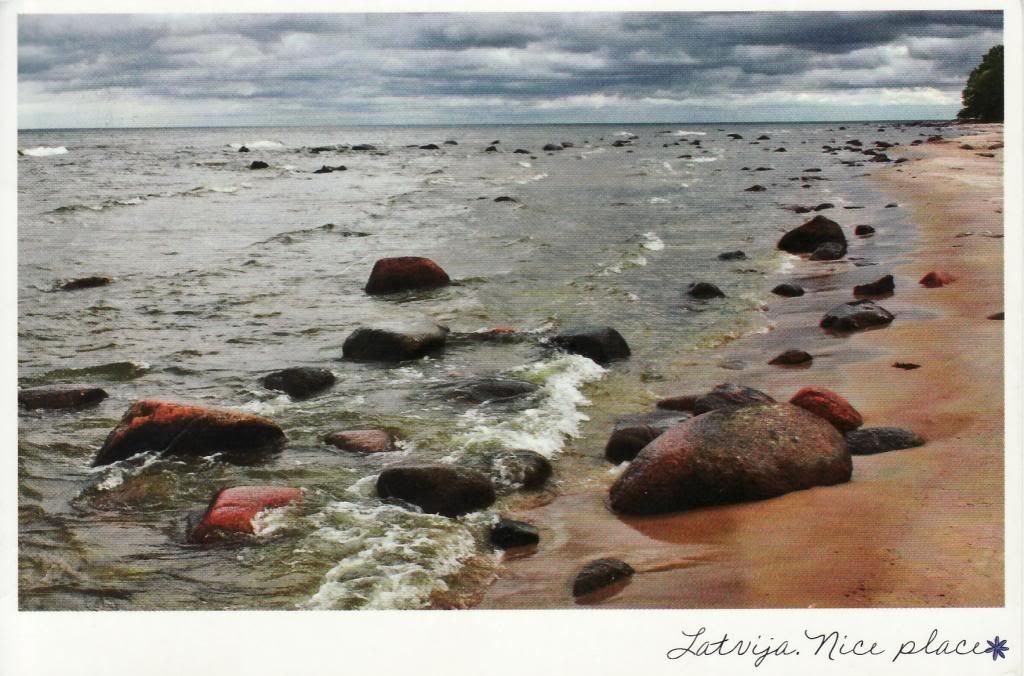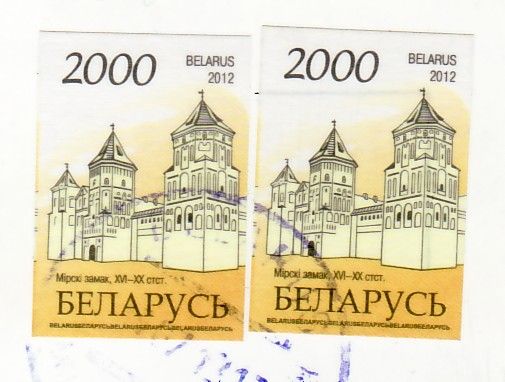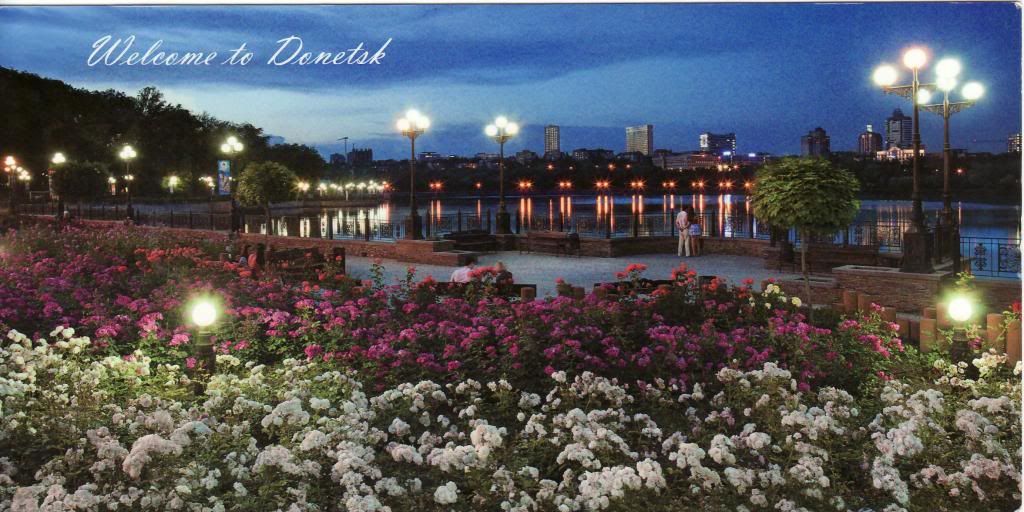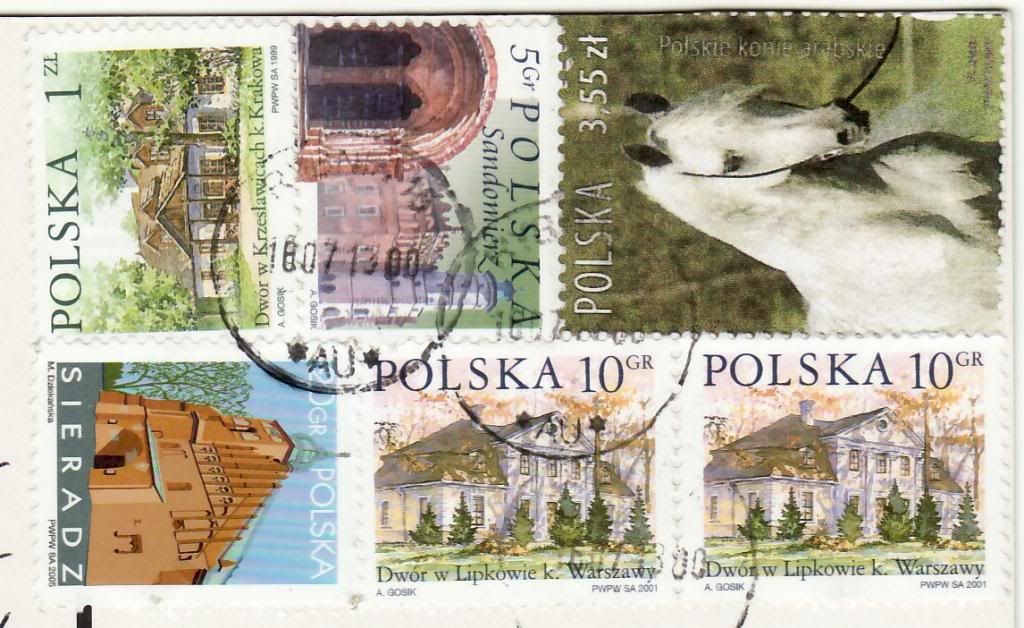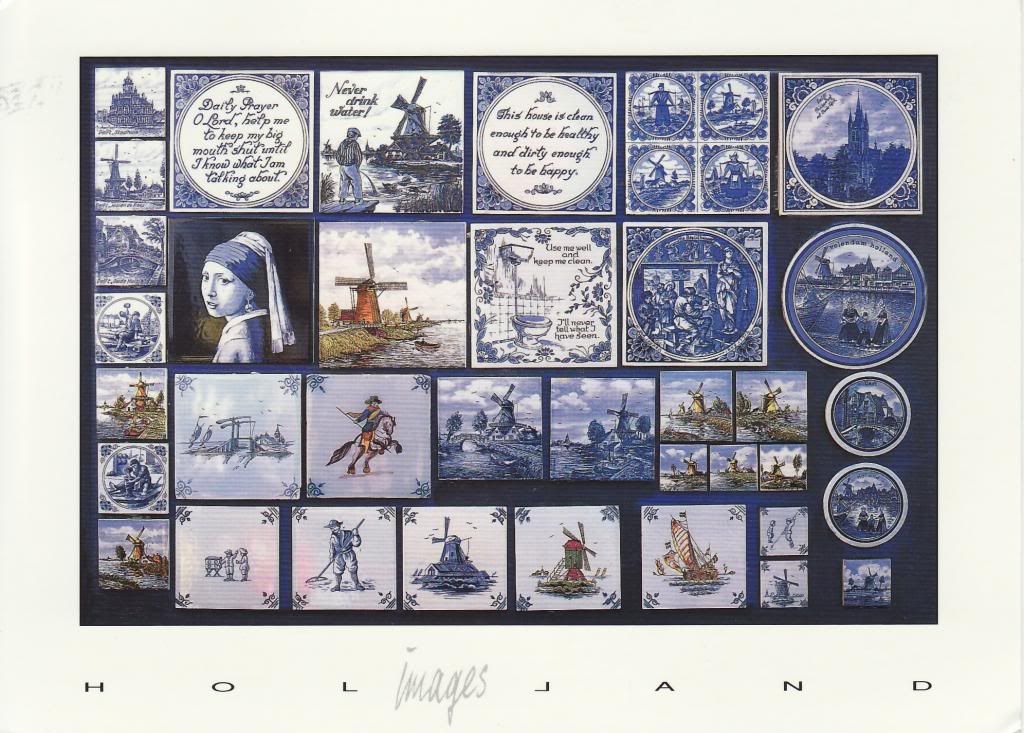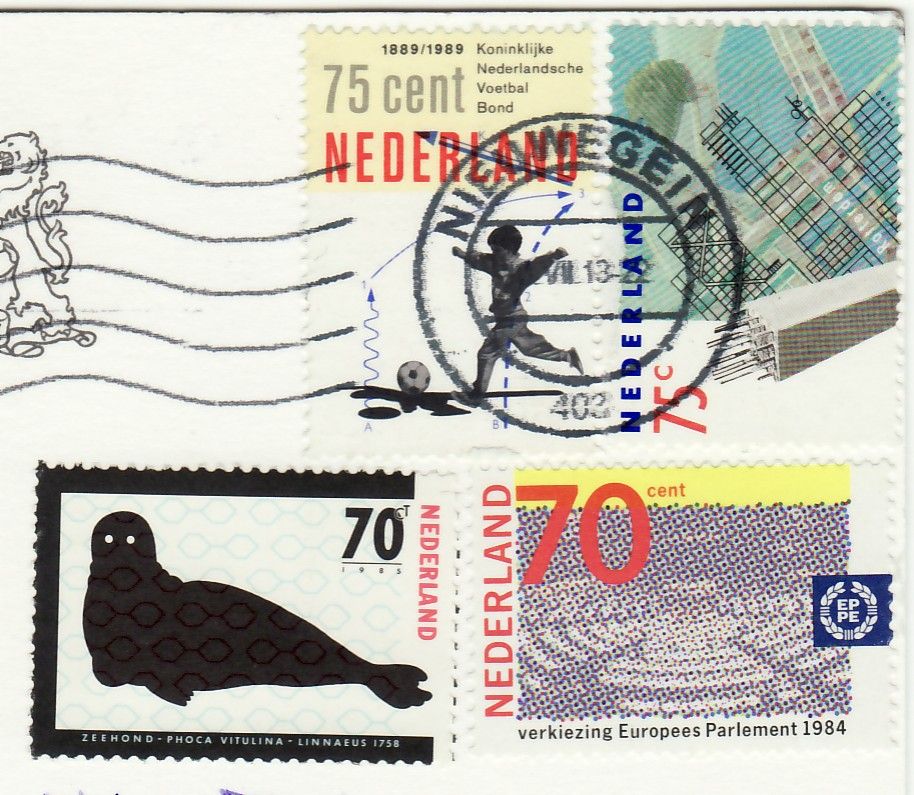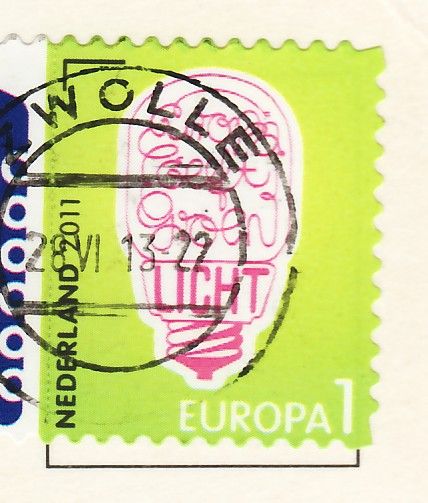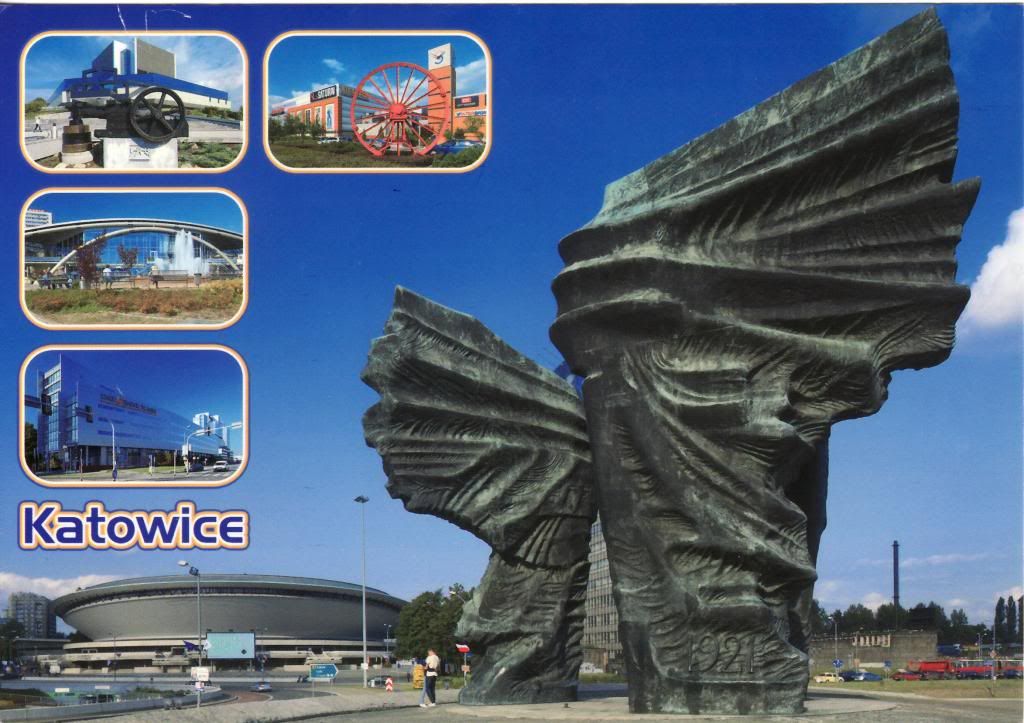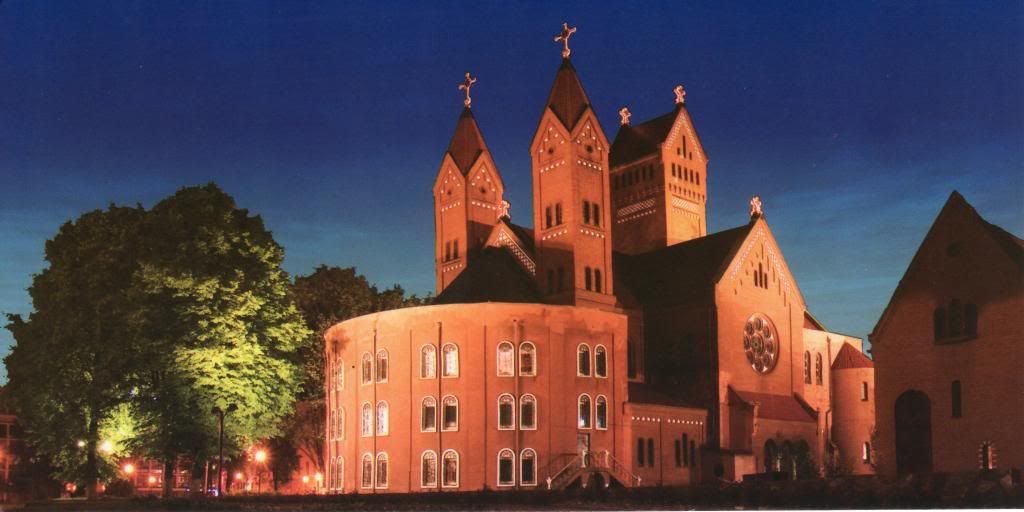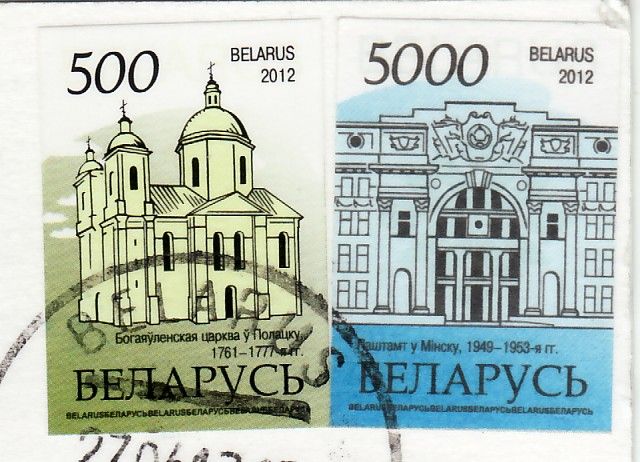Tuesday, July 30, 2013
Monday, July 29, 2013
Friday, July 26, 2013
Thursday, July 25, 2013
Tuesday, July 23, 2013
Monday, July 22, 2013
ES-237060
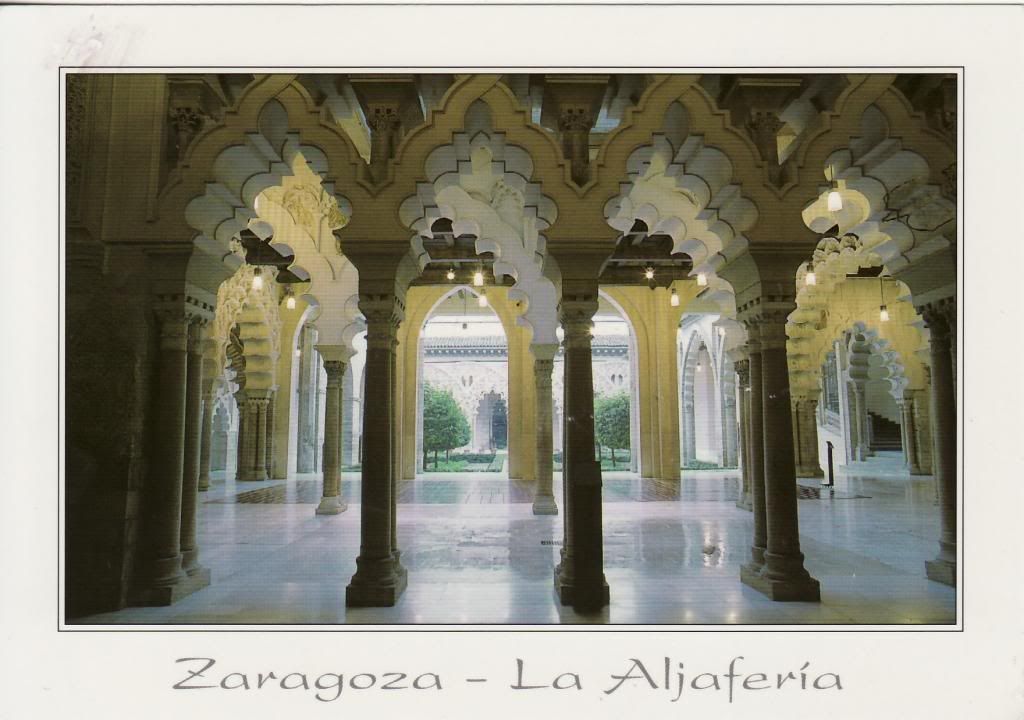 The Aljafería Palace (Spanish: Palacio de la Aljafería; Arabic: قصر الجعفرية, tr. Qasr al-Jaʿfariya) is a fortified medieval Islamic palace built during the second half of the 11th century in the Moorish taifa of Zaragoza of Al-Andalus, present day Zaragoza, Spain. It was the residence of the Banu Hud dynasty during the era of Abu Jaffar Al-Muqtadir after abolishing Banu Tujibi of Kindah
dynasty. The palace reflects the splendor attained by the kingdom of
the Taifa of Zaragoza at the height of its grandeur. The palace
currently contains the Cortes (regional parliament) of the autonomous community of Aragon.
The Aljafería Palace (Spanish: Palacio de la Aljafería; Arabic: قصر الجعفرية, tr. Qasr al-Jaʿfariya) is a fortified medieval Islamic palace built during the second half of the 11th century in the Moorish taifa of Zaragoza of Al-Andalus, present day Zaragoza, Spain. It was the residence of the Banu Hud dynasty during the era of Abu Jaffar Al-Muqtadir after abolishing Banu Tujibi of Kindah
dynasty. The palace reflects the splendor attained by the kingdom of
the Taifa of Zaragoza at the height of its grandeur. The palace
currently contains the Cortes (regional parliament) of the autonomous community of Aragon.The structure holds unique importance in that it is the only conserved testimony of a large building of Spanish Islamic architecture of the era of the Taifas (independent kingdoms).
History.
 After the capture of Zaragoza in 1118 by Alfonso I of Aragon, the Aljaferia became the residence of the Christian kings of the Kingdom of Aragon and as such was converted into the focal point for spread of the Mudéjar Architecture of Aragon. It was the birthplace of Saint Isabel of Portugal in the year 1271. It was used as the royal residence by Peter IV of Aragon
and subsequently, on the principal building site, a renovation was
carried out that converted these chambers into the palace of the Catholic Monarchs in 1492. In 1593, the structure experienced another renovation that converted it into a military base, first according to Renaissance designs
(which today can be observed in its moat and gardens) and later as
military quarters. The building suffered continuous alterations and
considerable imperfections, above all with the Siege of Zaragoza during the Peninsular War
until it was finally restored in the second half of the 20th century
and currently it houses the Cortes or autonomous community legislative
assembly of Aragon.
After the capture of Zaragoza in 1118 by Alfonso I of Aragon, the Aljaferia became the residence of the Christian kings of the Kingdom of Aragon and as such was converted into the focal point for spread of the Mudéjar Architecture of Aragon. It was the birthplace of Saint Isabel of Portugal in the year 1271. It was used as the royal residence by Peter IV of Aragon
and subsequently, on the principal building site, a renovation was
carried out that converted these chambers into the palace of the Catholic Monarchs in 1492. In 1593, the structure experienced another renovation that converted it into a military base, first according to Renaissance designs
(which today can be observed in its moat and gardens) and later as
military quarters. The building suffered continuous alterations and
considerable imperfections, above all with the Siege of Zaragoza during the Peninsular War
until it was finally restored in the second half of the 20th century
and currently it houses the Cortes or autonomous community legislative
assembly of Aragon.In the original construction, extra ramparts were made in the open field surrounding the Aljaferia. With urban expansion over the years, the building has remained inside of the city. Yet the city of Zaragoza has not been able to honour the landscaped surroundings of the Aljaferia. A freeway passes only a few meters away.
PL-735348
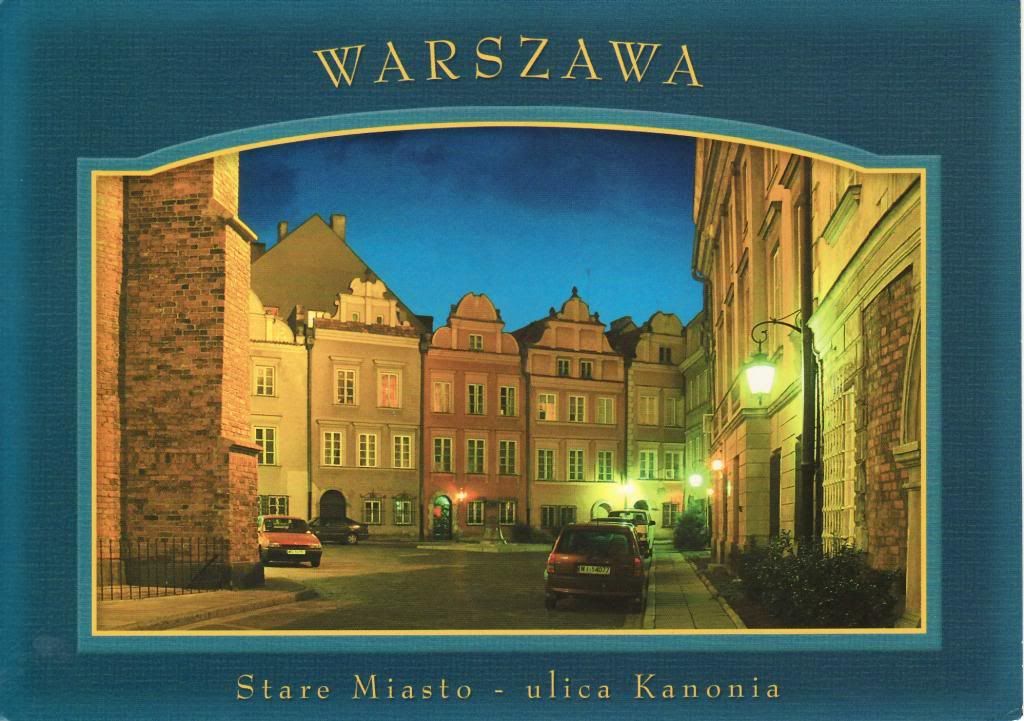 Warsaw's Old Town (Polish: Stare Miasto, colloquially: Starówka) is the oldest historic district of the city. It is bounded by Wybrzeże Gdańskie, along the bank of the Vistula, and by Grodzka, Mostowa and Podwale Streets. It is one of Warsaw's most prominent tourist attractions.
Warsaw's Old Town (Polish: Stare Miasto, colloquially: Starówka) is the oldest historic district of the city. It is bounded by Wybrzeże Gdańskie, along the bank of the Vistula, and by Grodzka, Mostowa and Podwale Streets. It is one of Warsaw's most prominent tourist attractions.The heart of the area is the Old Town Market Place, with its restaurants, cafés and shops. Surrounding streets feature medieval architecture such as the city walls, the Barbican and St. John's Cathedral.
Warsaw's Old Town has been placed on the UNESCO's list of World Heritage Sites as "an outstanding example of a near-total reconstruction of a span of history covering the 13th to the 20th century".
Friday, July 19, 2013
Wednesday, July 17, 2013
Friday, July 12, 2013
DE-2293014
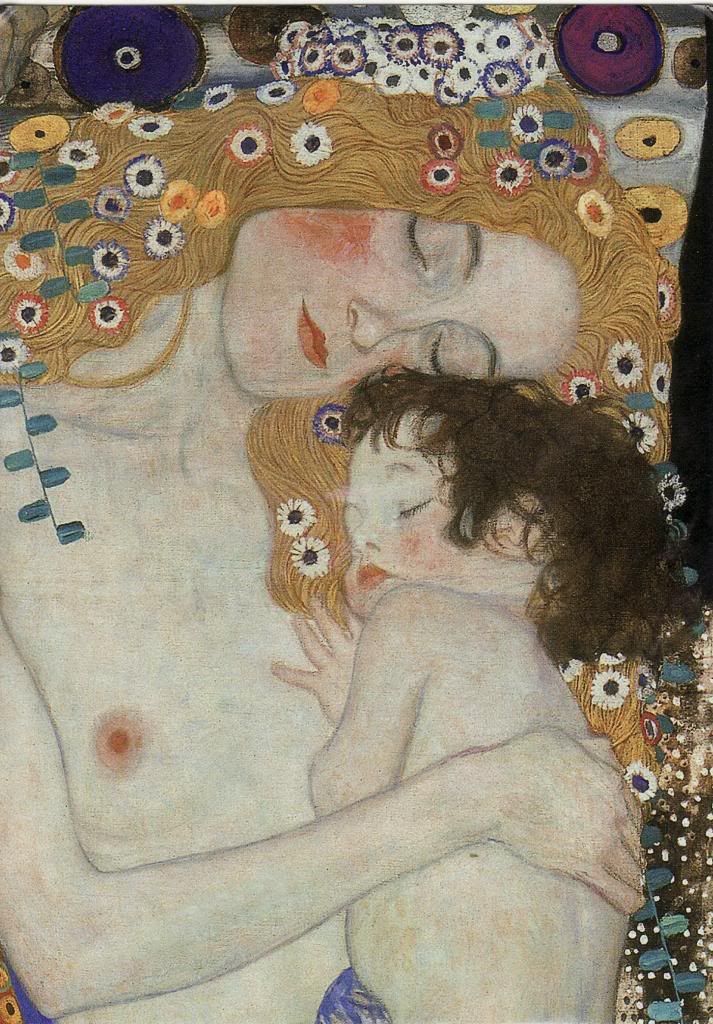 Gustav Klimt, "Die drei Lebensalter der Frau" (Three Ages of Women), 1905 (fragment)
Gustav Klimt, "Die drei Lebensalter der Frau" (Three Ages of Women), 1905 (fragment)Bought in 1912 by the Galleria Nazionale d'Arte Moderna in Rome, The Three Ages of Women had won the gold medal in 1911 International Exhibition, also held in Rome.
The painting is an example of Klimt's symbolic and allegorial works. He continued to paint such images right until his death in 1918.
The painting show a little girl in the protecting arms of a young woman, while beside them an old woman stands with bowed head. The aged crone is symbolic of the passage of time.
The figure of the old woman is based on a sculpture by Auguste Rodin (1840 - 1917), called The Old Courtesan also known as 'She who was once the Helmet-Maker's Beautiful Wife', which was exhibited in Vienna in 1901 as part of the ninth Secession exhibition. The show, devoted the works of Rodin, the painter Giovanni Segantini, and Klinger, had a lasting effect on Klimt, who was delighted when he was able to meet Rodin the following year during the sculptor's visit to Vienna. Rodin saw and praised the Beetjpvem Froeze; the admiration was mutual.
 The black background is unusual in Klimt's work up to this date. Another painting, called Death and life,
which was begun three years later in 1908, started out with a gold
background. However, Klimt was not happy with it and
substituted a blue-black background in 1911. Most of his later symbolic
works share these dark grounds, in sharp contrast to
the continued brightly coloured decoration of the
figures themselves.
The black background is unusual in Klimt's work up to this date. Another painting, called Death and life,
which was begun three years later in 1908, started out with a gold
background. However, Klimt was not happy with it and
substituted a blue-black background in 1911. Most of his later symbolic
works share these dark grounds, in sharp contrast to
the continued brightly coloured decoration of the
figures themselves.
Information taken here
Monday, July 8, 2013
Friday, July 5, 2013
Thursday, July 4, 2013
Monday, July 1, 2013
Subscribe to:
Comments (Atom)





